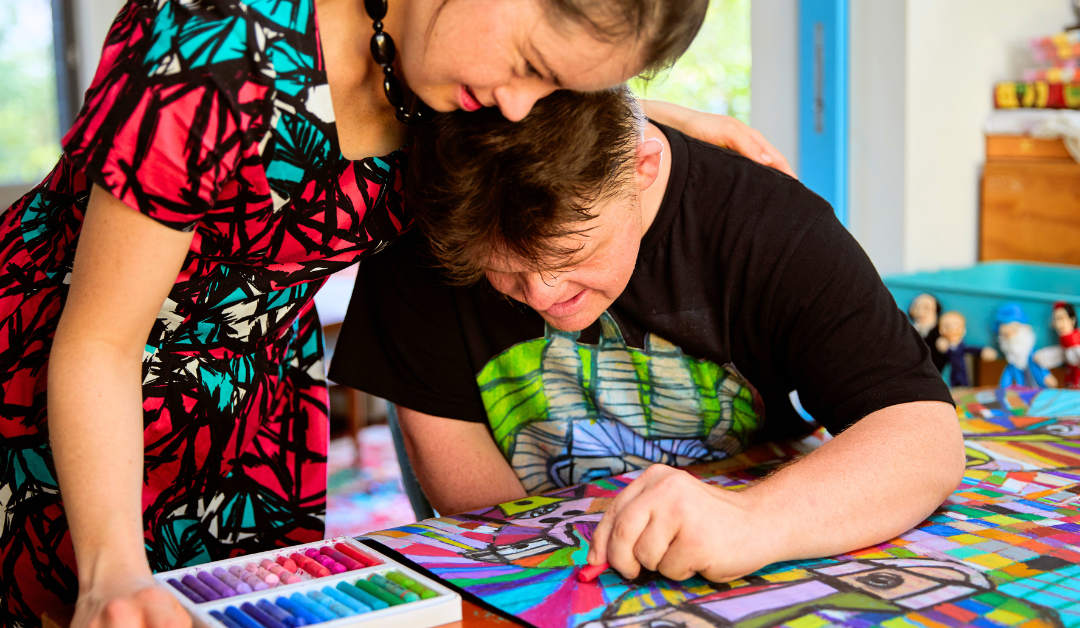Creating an inclusive environment for people with developmental disabilities is not as challenging as it may seem. By learning how to promote disability inclusion we can embrace the unique qualities of people with disabilities and understand their needs, which fosters a more comfortable environment to live in.
In this blog, we will explore five simple ways how to promote disability inclusion that can help achieve a greater society for everyone.
1. Respect Different Habits & Behaviors
Inclusivity starts with respecting and celebrating the diversity of habits and behaviors among individuals, regardless of their abilities. Everyone has their own unique way of doing things, and it’s essential to appreciate and respect these differences. Embracing diversity enriches our world and creates an inclusive environment where everyone feels valued and accepted.
2. Ask About Communication Preferences
Communication styles vary among individuals, including those with developmental disabilities. Rather than assuming the preferred method of communication, take the time to ask and understand how someone prefers to communicate. Some individuals may rely on sign language, written words, or speech-to-text software. By being attentive and accommodating, we can ensure effective and respectful communication.
3. Seek Input From Them
To better understand the preferences, needs, and abilities of individuals with developmental disabilities, it’s important to seek their input. Engage in open and respectful conversations, and be willing to listen and learn from their experiences. This approach fosters mutual understanding, helps avoid assumptions, and promotes inclusivity by valuing their insights and perspectives.
4. Don’t Assume Someone Needs To Be Fixed
Having a developmental disability doesn’t automatically imply that a person’s way of life needs to be “fixed” or changed. Each individual’s unique way of navigating the world is valid and should be respected. Avoid assumptions and understand that many individuals with disabilities lead fulfilling and happy lives without the need for any changes. Acceptance and support are key.
5. Use Appropriate Language
Language plays a crucial role in promoting inclusivity. Use respectful and person-first language when referring to individuals with developmental disabilities. Treat them as individuals with inherent dignity and worth, focusing on their abilities rather than limitations. If unsure about appropriate language, politely ask for guidance to ensure clear and respectful communication.
In conclusion, creating an inclusive environment for individuals with developmental disabilities is achievable through simple yet powerful steps. By respecting differences, considering communication preferences, seeking input, avoiding assumptions about “fixing,” and using appropriate language, we can foster an inclusive society that values and empowers individuals with disabilities. Let’s embrace these tips to create a happier and more inclusive environment for everyone.
Want A Helping Hand?
Hope Human Services provides disability services in Washington State. Our team doesn’t just provide support, but creates exceptional life experiences.

